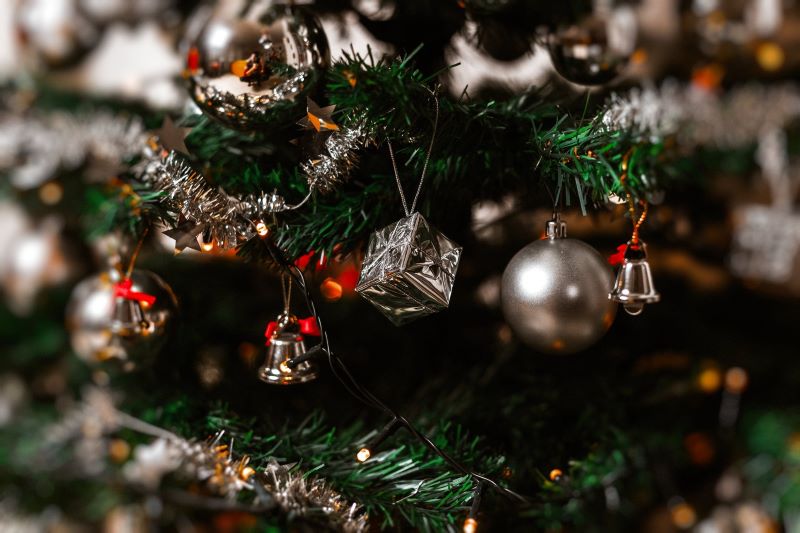Why January 1st is the Ultimate Fresh Start: A Deep Dive into the History of New Year’s Day
The turn of the year is not just a change in date on the calendar, it also marks the time of renewal and fresh beginnings. New Year’s Day is a time to reflect on the past, make resolutions for the future and look forward to new opportunities. The rituals that surround this day are an important part of many cultures around the world, each with their own symbolism and significance.
The most well-known ritual associated with New Year’s Day is the resolution. Resolutions are promises we make to ourselves to improve our lives, whether it be by losing weight, quitting smoking, or becoming more organized. The origin of this tradition can be traced back to the ancient Babylonians, who made promises to their gods at the start of each year to repay debts and return borrowed items.
Another ritual that is associated with New Year’s is the countdown. The countdown to midnight on New Year’s Eve is a global event in which people from all cultures tune in to watch the clock strike twelve. The countdown symbolizes the anticipation of what’s to come and the excitement of a new year. The tradition of counting down to the new year dates back to the 19th century when telegraph lines were used to transmit time from one city to another.
From Fireworks to Black Eyed Peas: The Fascinating Rituals and Superstitions of New Year’s Day
The act of making noise at midnight is another New Year’s tradition. In many countries, it’s customary to ring bells, blow horns, or set off fireworks to mark the start of the new year. Making noise is thought to scare away evil spirits and bring good luck. It’s believed that this tradition originated in ancient times when people made loud noises to ward off evil spirits and welcome the sun.
In some cultures, New Year’s Day is celebrated with food. In many countries, eating certain foods on New Year’s Day is believed to bring good luck and prosperity. For example, in Spain, it’s traditional to eat twelve grapes at midnight, one for each stroke of the clock, for good luck in the coming year. In southern U.S. states, it’s customary to eat black-eyed peas or Hoppin’ John, a dish made of black-eyed peas and rice, for good luck and prosperity.
In addition to these customs, the concept of a fresh start is a prominent theme in New Year’s celebrations. This is reflected in the tradition of making resolutions, which are intended to help people break bad habits and start anew. The idea of wiping the slate clean and starting fresh is also reflected in the practice of cleaning the home before the new year. This is a common practice in many cultures, including Chinese and Iranian, and is thought to symbolize the clearing of past mistakes and negative energy to make way for new beginnings.
New Year’s Day is a time of celebration, reflection, and renewal, a time to acknowledge the past, make resolutions for the future, and welcome new beginnings. It is a day that is celebrated around the world with customs that reflect the cultures and traditions of each community. Whether it’s eating grapes in Spain, making noise in China, or making resolutions in New York, New Year’s Day has a rich and varied history that continues to inspire and connect people from all walks of life.

